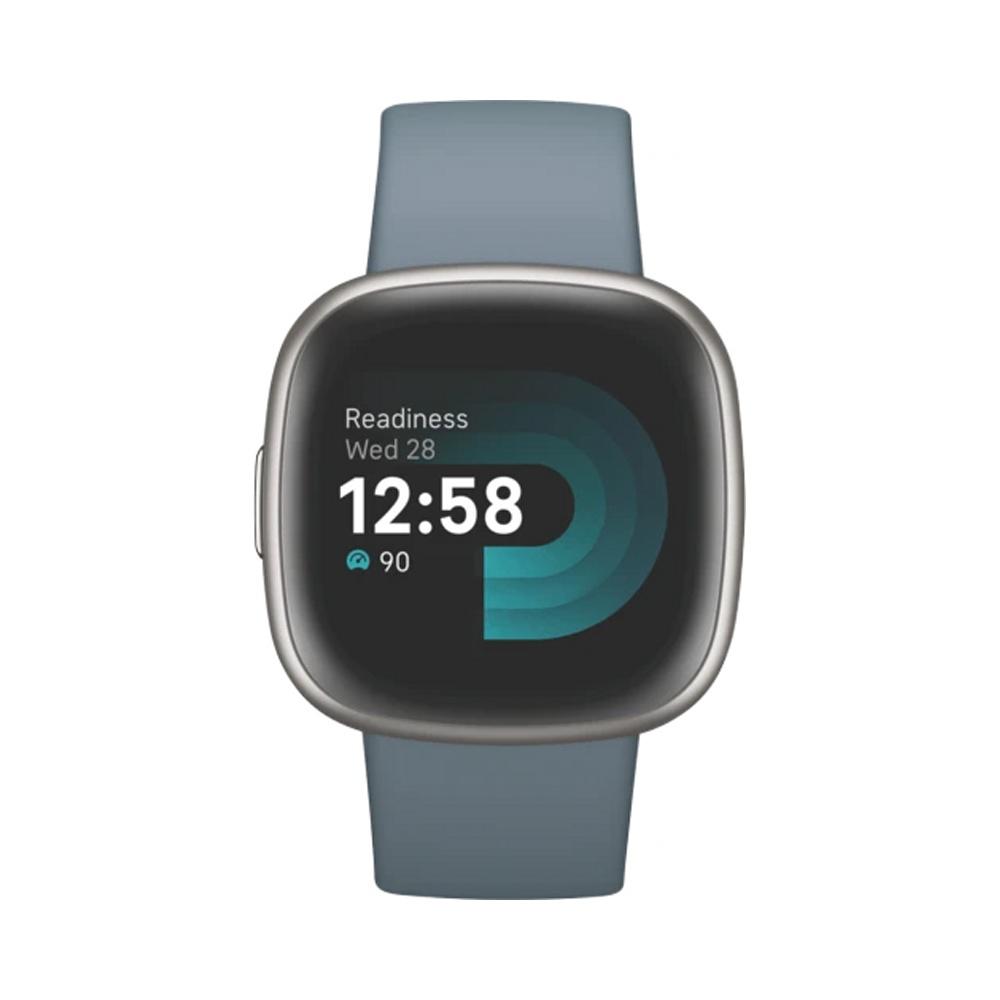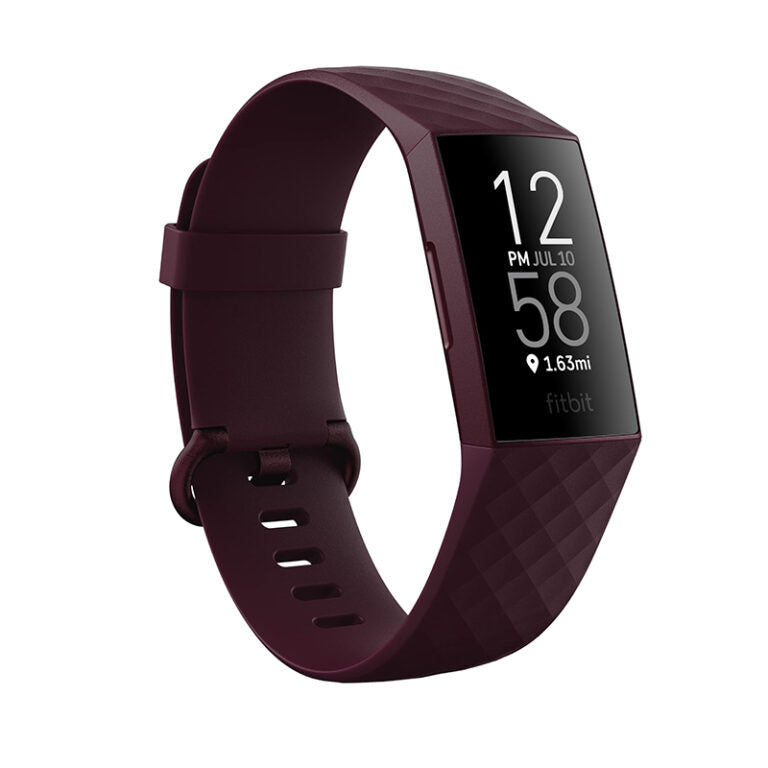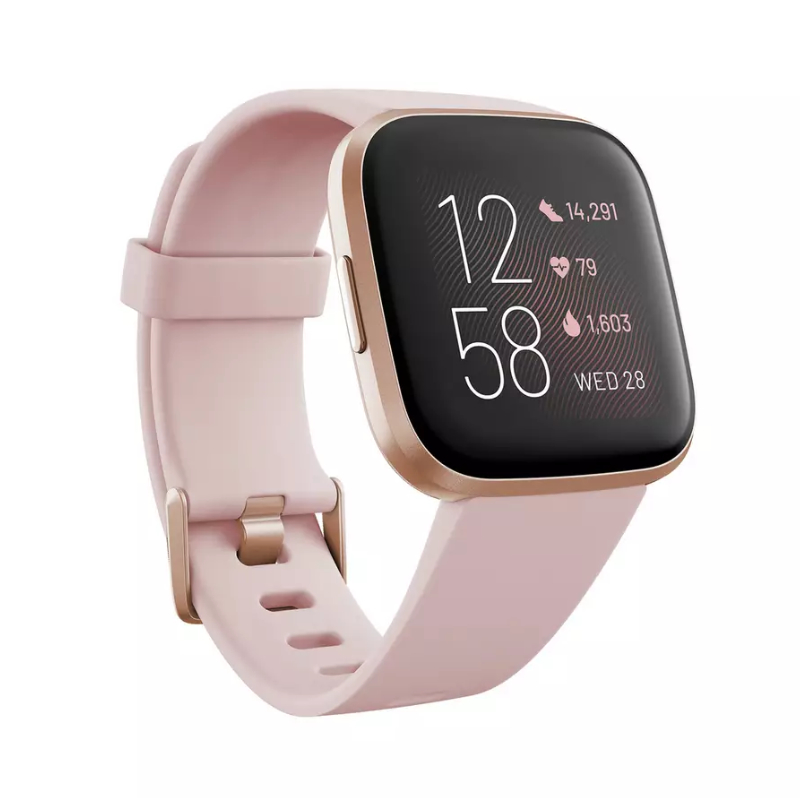Fitbit Charge 6 vs Galaxy Watch6: Which to Choose?
As the wearable tech market continues to expand, two prominent contenders, the Fitbit Charge 6 vs the Galaxy Watch 6, emerge with impressive features aimed at health tracking and overall usability. While both devices cater to fitness enthusiasts and everyday users alike, they come with distinct functionalities, designs, and ecosystems. This guide will compare the Fitbit Charge 6 vs Galaxy Watch 6 across various factors to help you make an informed choice based on your individual needs.
Design and Aesthetics
General Look and Feel
The Fitbit Charge 6 boasts a sleek and streamlined design, making it a lightweight fitness band that is easy to wear all day. With a rectangular display and a variety of band options, including silicone and fabric, users can tailor the style to their preference. The design is minimalist but modern, offering a sporty look that fits seamlessly into both casual and professional settings.
Conversely, the Galaxy Watch 6 presents a more traditional smartwatch appearance. With a round face and a premium feel, this watch exudes elegance and sophistication. It offers a rotating bezel for easy navigation and comes in a variety of finishes and strap materials, catering to both sporty and luxury tastes. The display is vibrant and offers rich colors, enhancing the overall aesthetic experience.
Size and Comfort
In terms of size, the Fitbit Charge 6 is more compact, appealing to users who prefer a lighter device on their wrist. Its slim profile means it fits comfortably while engaging in various physical activities. The Galaxy Watch 6 offers a larger display, making it easy to read notifications and track workouts at a glance, but its bulkier design might not appeal to everyone. If you prefer a watch that feels more like traditional timepieces but still maintains smart functionality, the Galaxy Watch 6 may be your best bet.

Display Quality
Screen Technology
The Fitbit Charge 6 uses an AMOLED display, which offers vibrant colors and excellent visibility in various lighting conditions. The touch screen is responsive, allowing users to swipe through menus and notifications with ease. The always-on display feature gives you instant access to your metrics without needing to raise your wrist or press a button.
In contrast, the Galaxy Watch 6 features a larger Super AMOLED display that not only provides exceptional clarity but also supports a broader range of customization options. You can select from numerous watch faces, customizing the look to suit your style. The Galaxy Watch 6 also supports an always-on display, but its larger size means you can see more information at a glance, making it a great option for multitaskers.
Response and Interactivity
Both devices capitalize on touch functionality, but the Galaxy Watch 6 offers additional navigation features, such as the rotating bezel, which simplifies scrolling through menus. This added feature enhances the user experience, making it intuitive to switch between apps or check notifications. With responsive screens and good visibility, both devices cater well to modern user expectations, but functionality might tip in favor of the Galaxy due to its versatility.
Features and Functionality
Fitness and Health Tracking
When it comes to fitness tracking, both the Fitbit Charge 6 and Galaxy Watch 6 excel in offering robust health metrics. The Charge 6 includes heart rate monitoring, SpO2 tracking, stress management tools, and detailed sleep analysis, making it a reliable fitness companion. Its user-friendly app provides insights into various workouts, allowing you to log activities ranging from running to yoga effortlessly.
The Galaxy Watch 6 also offers impressive health tracking capabilities but incorporates advanced features, such as ECG and blood pressure monitoring, which the Fitbit lacks. This smartwatch provides a comprehensive health overview, including body composition analysis, giving you a more rounded view of your overall well-being. With integrated GPS and a library of guided workouts, the Galaxy Watch 6 encourages users to engage in diverse fitness routines.
Smart Features
In terms of smart features, the Galaxy Watch 6 takes the lead. It has a robust app ecosystem, supports notifications from various messaging apps, and allows for quick replies directly from the watch. The voice assistant capabilities are also more advanced, enabling seamless control over compatible smart devices at home.
On the other hand, the Fitbit Charge 6 focuses more on fitness tracking. Though it provides basic notification support, it lacks the extensive app ecosystem that the Galaxy Watch 6 offers. If you’re looking for a device primarily focused on fitness with some smart features, the Charge 6 is suitable. If you want a well-rounded smartwatch experience with comprehensive smart capabilities, the Galaxy Watch 6 may be the better fit.

Battery Life
Comparison of Battery Longevity
Battery life is a critical factor to consider when choosing a wearable device. The Fitbit Charge 6 is designed for endurance and can last up to 7 days on a single charge, depending on usage. This extended life allows users to engage in daily activities without worrying about charging frequently, especially beneficial for overnight sleep tracking and long workouts.
In comparison, the Galaxy Watch 6 typically lasts about 40 hours with regular use. Although this is decent for a smartwatch, it falls short of the Charge 6’s longevity. Users may find themselves needing to charge the Galaxy Watch 6 every couple of days, especially with GPS usage and intensive app engagement. If you prioritize battery life for uninterrupted tracking, the Fitbit Charge 6 stands out.
Charging Methods
Both devices feature different charging methods. The Fitbit Charge 6 uses a magnetic charging cable that easily snaps into place, ensuring quick and hassle-free charging. The Galaxy Watch 6 also employs a magnetic charger with quick charge capabilities but may take longer to reach full power. Assessing your end-of-day routine can help you decide which device works best for your lifestyle, particularly if you often find yourself short on time.
App Integration and Ecosystem
Fitbit App vs. Galaxy Wearable App
The Fitbit Charge 6 integrates seamlessly with the Fitbit app, known for its user-friendly interface and detailed health metrics. The app provides a comprehensive overview of your daily activity, including step tracking, sleep insights, and workout logs, making it easy to stay on top of your fitness goals. Users appreciate the social aspects, such as challenges and leaderboards, which can motivate you to stay active.
On the other hand, the Galaxy Watch 6 connects with the Galaxy Wearable app. This app provides advanced features to manage notifications, sync music, and customize settings. While the app ecosystem may not be as focused on community elements as Fitbit’s, it still offers a wealth of functionalities that are useful for managing your device. Both ecosystems come with their perks, so it depends on whether you prioritize social engagement or a more comprehensive device management experience.
Additional Compatibility
If you are entrenched in the Apple ecosystem, it is worth noting that Fitbit devices have limited compatibility, whereas the Galaxy Watch integrates seamlessly with Android and has decent compatibility with iOS as well. For those who own Samsung devices, the Galaxy Watch 6 offers enhanced integration features, such as quick access to notifications and messages. If you’ve invested in smart home devices from Samsung, the Galaxy Watch is especially useful for controlling those devices directly from your wrist.

Price Points and Value
Understanding the Price Difference
When evaluating both devices, price is an essential factor. The Fitbit Charge 6 typically comes with a lower price point than the Galaxy Watch 6. This affordable pricing makes it more accessible for individuals who want a reliable fitness tracker without investing in a fully-featured smartwatch. For users who primarily seek fitness features with added smartwatch capabilities, the Charge 6 represents excellent value.
Long-term Investment
The Galaxy Watch 6, while pricier, offers a wider range of functionalities, making it a better long-term investment for users who wish to stay integrated in a tech ecosystem. The combination of fitness tracking, advanced health metrics, and smart capabilities creates a substantial benefit for the higher price tag. When considering long-term value, it’s crucial to think about how you intend to use the device—do you want a straightforward tracker or a multifaceted smartwatch that can adapt to your needs over time?
Making Your Decision
Assess Your Priorities
Choosing between the Fitbit Charge 6 and the Galaxy Watch 6 largely depends on your personal priorities and lifestyle needs. If fitness tracking is your primary goal and you’re looking for a device that delivers solid performance without the distractions of a full-fledged smartwatch, the Charge 6 is the ideal choice. Its focus on health metrics, ease of use, and long battery life cater well to fitness enthusiasts.
Consider Your Ecosystem and Future Needs
However, if you seek a smartwatch that offers comprehensive health tracking alongside advanced features and seamless integration with your smartphone, the Galaxy Watch 6 stands out as the superior choice. Its extensive app compatibility, larger display, and versatile functionalities make it suitable for users looking for more than just fitness tracking. Think about how you use tech daily, your budget, and your long-term goals when making your choice.
Conclusion
When comparing the Fitbit Charge 6 vs Galaxy Watch 6, both devices cater to different users’ needs, each offering unique strengths. The Charge 6 excels with its fitness-focused approach, long battery life, and affordability, making it an excellent option for those who prioritize health monitoring. In contrast, the Galaxy Watch 6 provides a more comprehensive smartwatch experience, offering advanced health insights, extensive app support, and strong connectivity features for those engrossed in the broader smart ecosystem.
Ultimately, your choice should align with your lifestyle, preferences, and how you envisage integrating the device into your daily routine. Either choice will deliver value and functionality, but understanding the nuanced features and capabilities can help you invest in the wearable that best suits your needs today and in the future. Remember, it’s not just about what features are on the device; it’s about how those features fit into your lifestyle and assist you in achieving your health and fitness goals.
